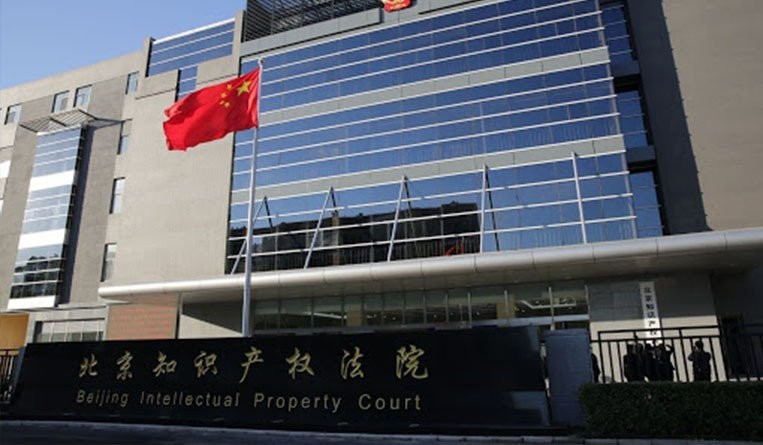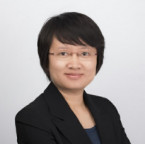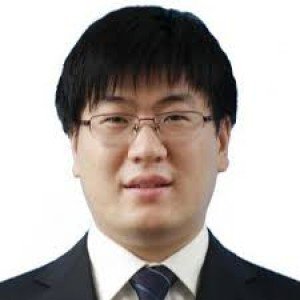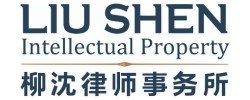In the patent invalidation procedure in China, one of the most frequently encountered point of confusion is that, when an invalidation request is initiated against a granted patent in China, which version of the Patent Examination Guidelines shall be applied, the version of the Patent Examination Guidelines in effect on the filing date of the granted patent or the newest version of the Patent Examination Guidelines. For example, assuming an invalidation requester is about to initiate an invalidation against a Chinese patent with an application date of 1999, there are two questions to be confronted. Question 1, when the invalidation requester drafts an invalidation request and selects invalidation reasons, is whether the 1993 or 2017 version of the Patent Examination Guidelines shall be applied. And Question 2, if the patentee wants to amend the claims during the invalidation procedure, is which version, 1993 or 2017, shall be applied?
For Question 1, if the 1993 version of the Patent Examination Guidelines shall be applied, the invalidation requester cannot use the invalidation reason of “claim is unclear,” because this invalidation reason is not specified in the 1993 version of the Patent Examination Guidelines; on the contrary, the invalidation reason of “claim is unclear” can be used if the 2017 version of the Patent Examination Guidelines shall be applied. For Question 2, if the 1993 version of the Patent Examination Guidelines is applied, the patentee cannot amend the claims by further limiting a current claim with technical features in other claims, and cannot correct obvious errors in the claims; on the contrary, if the 2017 version of the Patent Examination Guidelines is applied, the patentee may amend the claims by further limitation, and may correct obvious errors in the claims.
According to the authors’ invalidation and litigation practice experience, the answer to Question 1 is to apply the 1993 version of the Patent Examination Guidelines, and the invalidation reason of “claim is unclear” cannot be used; the answer to Question 2 is to apply the 2017 version of the Patent Examination Guidelines, and the patentee may amend the claims by further limiting the claims with one or more technical features recited in other claims to narrow the protection scope of the amended claims, and may correct obvious errors in the claims.
Specifically, for the condition of Question 1, the authors handled a similar invalidation case as attorneys for the patentee, in which the invalidation requester filed an invalidation request including an invalidation reason of “claim is unclear” against a patent with the filing date of 1999. The authors have argued that since the the application date of the patent is 1999, the 1993 version of the Patent Examination Guidelines shall be applied, which did not specify the invalidation reason of “claim is unclear.” In the end, the Patent Reexamination Board supported our view and rejected the requester’s above invalidation reason.
For the condition of Question 2, the authors handled another invalidation case as attorneys for the patentee in 2018, in which an independent claim of the patent with the application date of 1999 had an obvious error. If the obvious error in the independent claim cannot be corrected, it will probably affect not only the relevance of the patent to its target infringing product, but also the validity of the patent. Based on the Patent Examination Guidelines revised in 2017, which newly add the provisions of “patentee may amend the claims by further limiting the claims with one or more technical features recited in other claims to narrow the protection scope of the amended claims, and may correct obvious errors in the claims,” the authors corrected the obvious error in the independent claim, and finally got the support of the Patent Reexamination Board, and the patent remained valid.
The answers to the above two questions seem to be contradictory with each other, but the reason behind this is the principle of legal retroactivity and the particularity of the Patent Examination Guidelines. In theory, the principle of legal retroactivity is that the substantive law to be applied is the old one (having no retroactivity), and the procedural law to be applied is the new one (having retroactivity). The Patent Examination Guidelines, which are department regulations, include not only the substantive law part, for example, the reasons for invalidation in the invalidation procedure, but also the procedural law part, for example, the timing and the way of amending claims during the invalidation procedure, etc. Therefore, for the above examples, as for the substantive law part, the Patent Examination Guidelines that were in effect on the filing date of the patent should be applied; as for the procedural law part, the newest Patent Examination Guidelines revised in 2017 should be applied.










